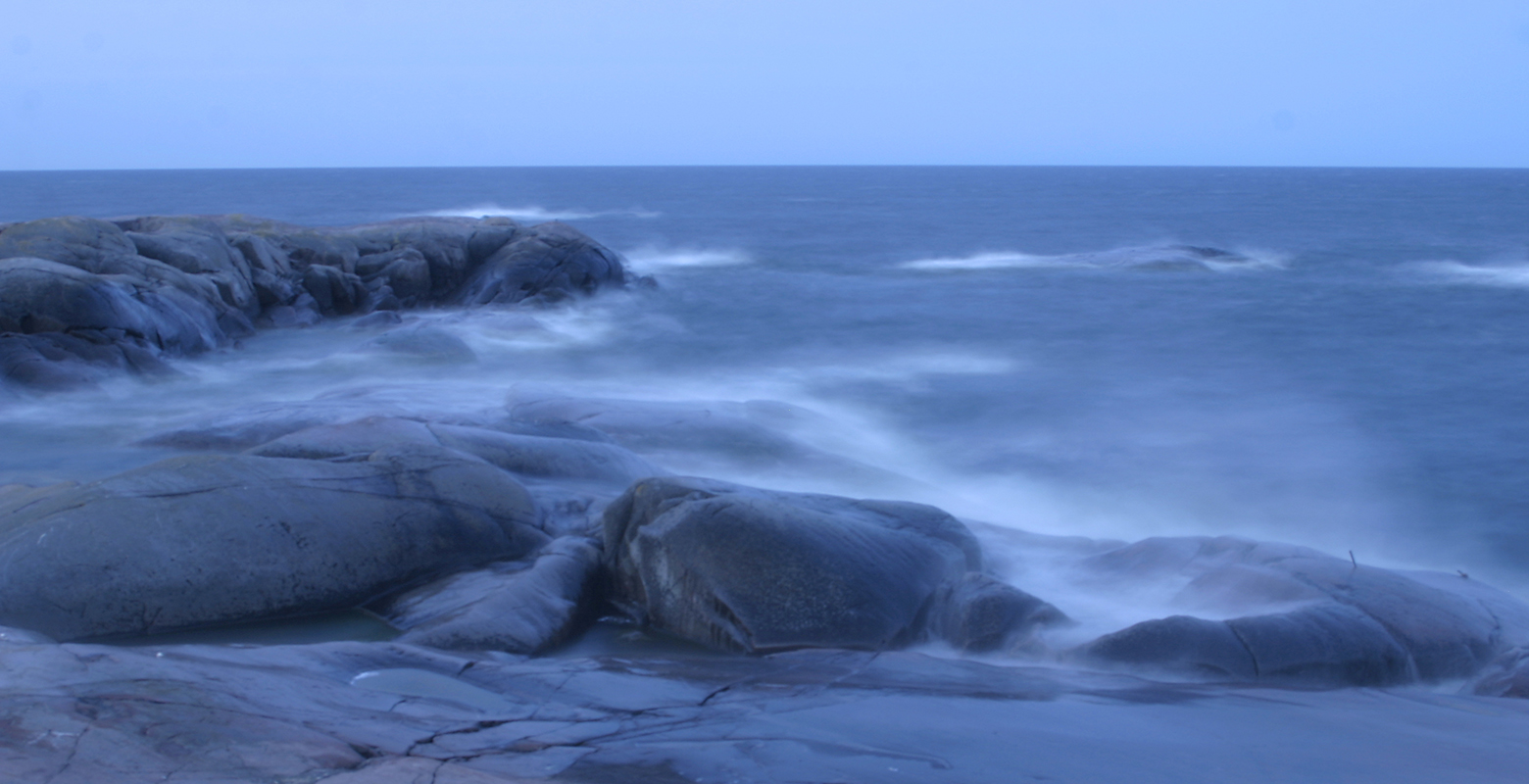Historically mild winter ice conditions at sea

Although the ice conditions were historically mild this winter, icebreakers were needed to facilitate the operations of merchant vessels. The Bay of Bothnia did not freeze completely during the winter. Ice levels in the Gulf of Finland were very low, and by April the sea was completely ice-free.
"During this mildest winter ever recorded, the largest surface area of the ice was reached on 5 March 2020, when the total area covered by the ice was 37 000 km². At that point, the ice was mainly located in the Bay of Bothnia and the Vaasa Archipelago. What was particularly exceptional was that there was hardly any ice at all in the Gulf of Finland", explains Senior Ice Expert Jouni Vainio from the Finnish Meteorological Institute.
In the Finnish sea areas, thin ice formed a few times in the inner bays after nights when the temperature dropped below freezing. The small amounts of ice that where there had disappeared from the Gulf of Finland by the end of March, and at the beginning of April the Gulf of Finland was completely ice-free.
"This has never happened before", says Vainio.
Before this, the lowest level of ice coverage was in the winter of 2008, when on 24 March the ice covered an area of 49,000 km². In the winter 2015 ice levels were low, but that time the winter was very ‘front-loaded’, and the maximum ice coverage of 51,000 km ² was already reached on 23 January.
According to Vainio, the winter just past is the third ever recorded in which the Bay of Bothnia did not completely freeze over. The last time this happened was in the winter of 2015, and before that in 1930. That first instance was the beginning of the decade with the lowest overall ice levels yet recorded, which then ended with the extreme cold weather of the Winter War in 1939.
Three icebreakers assisting winter navigation
"Despite the mild winter, assistance from three icebreakers was needed in the Bay of Bothnia in order to ensure that maritime traffic could flow smoothly without any significant waiting times", reports Senior Advisor of Maritime Transport Markus Karjalainen of the Finnish Transport Infrastructure Agency.
A total of 724 requests for assistance were responded to, of which 63 involved towing. Strong winds and ice movements made operations more difficult this winter. The average waiting time for those requesting assistance was 2.6 hours, and 97.4% of the vessels were able to continue their journey without waiting.
The assistance operations had to be interrupted three times due to poor weather conditions.
"Although the area covered by the ice was the smallest ever recorded, the total distance travelled by the icebreakers was still equal to the circumference of the world",’ Karjalainen adds.
More information:
Markus Karjalainen, Senior Advisor, Maritime Transport, tel. + 358 295 34 3422, [email protected]
Attachments
